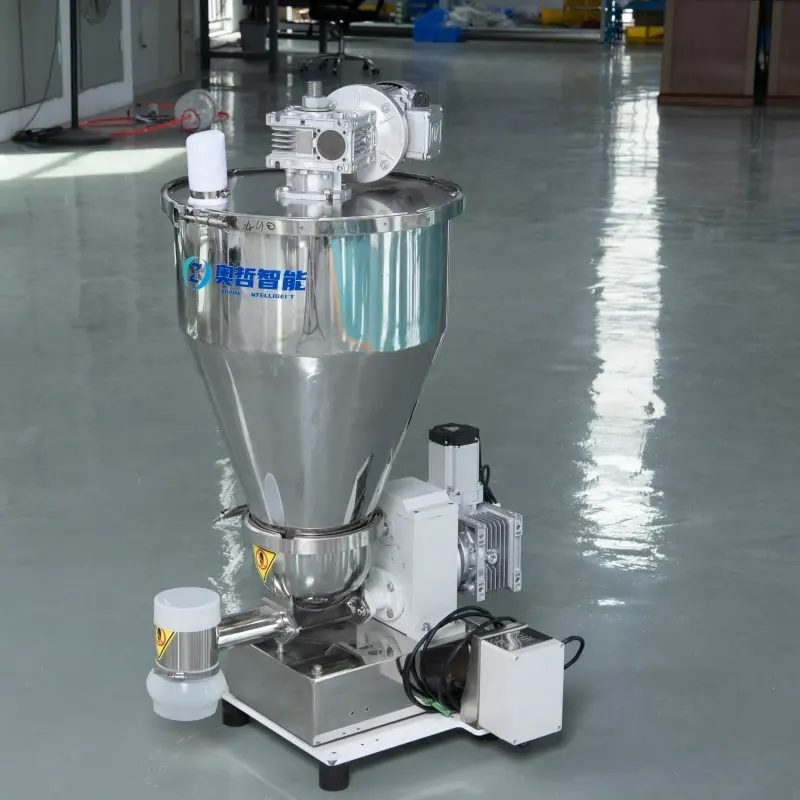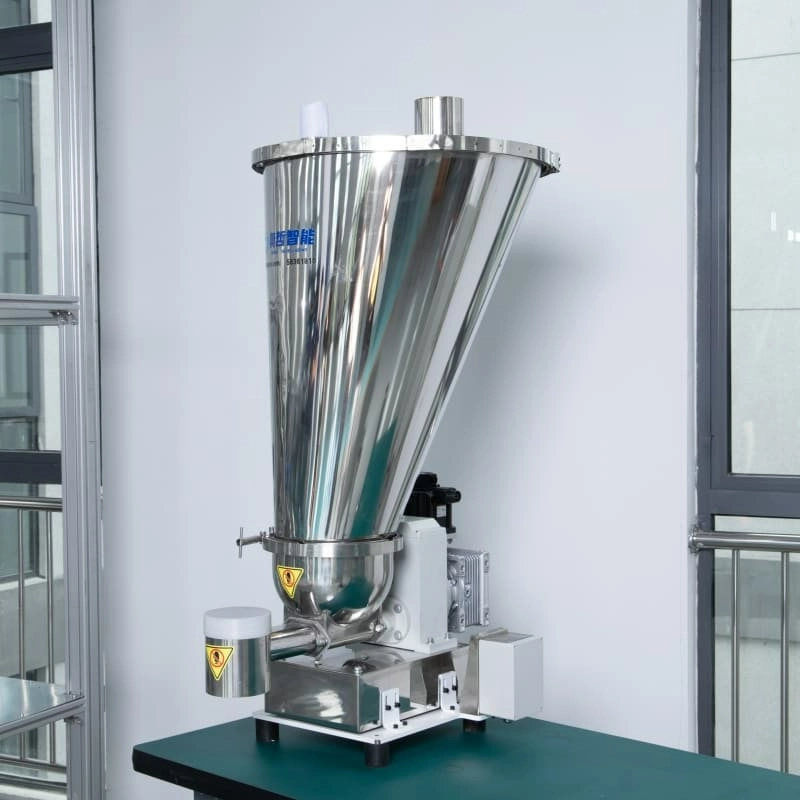Avoiding Material Blockage and Bridging: Structural Design Advantages of Double Screw Loss-in-Weight Scales
Release time: 2025-09-27
Table of Contents
In industries such as plastic extrusion, rubber processing, and masterbatch production, the stability of material feeding and dosing plays a critical role in determining product quality and production efficiency. However, powders and granular materials often have poor flowability, which can easily lead to blockage or bridging during feeding. These issues may cause unexpected downtime, material waste, and even disrupt the entire production line. To solve these common problems, the Double Screw Loss-in-Weight Scale stands out thanks to its unique structural design.
1. Dual Screw Operation Improves Material Flow
Traditional single-screw feeders often struggle when handling lightweight powders or sticky materials, as they tend to accumulate and form bridges at the outlet. The double screw loss-in-weight scale uses two parallel screws rotating simultaneously, which not only enhances the mixing action but also allows materials to enter the weighing hopper more uniformly. This design significantly reduces the risk of clogging.
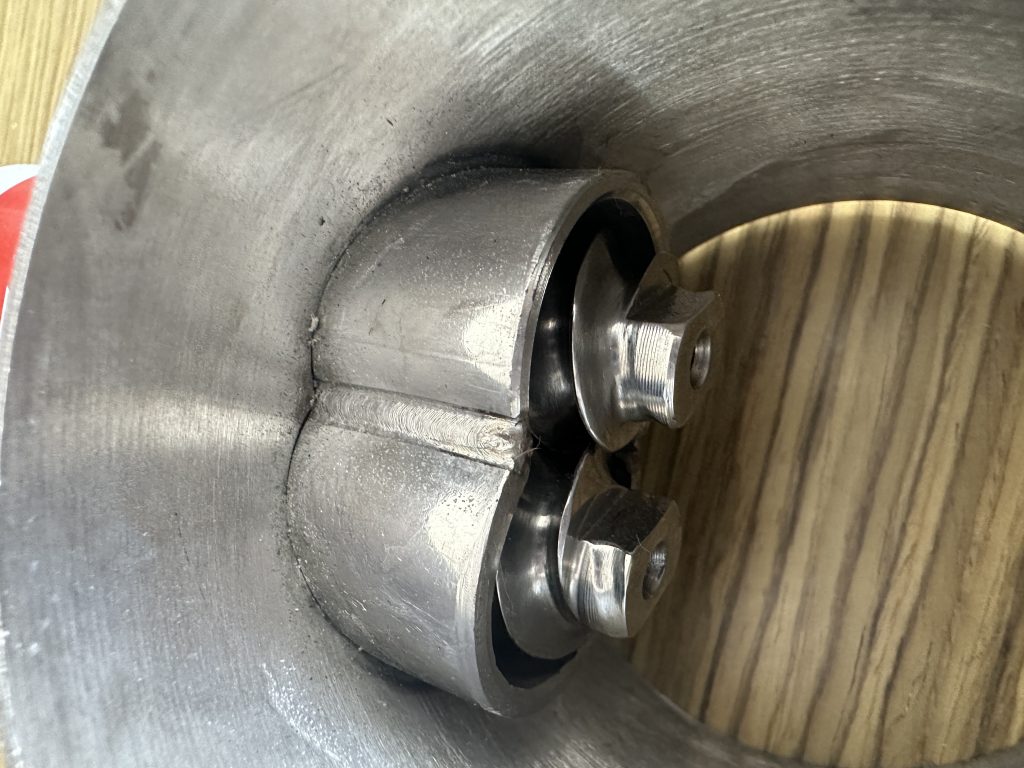
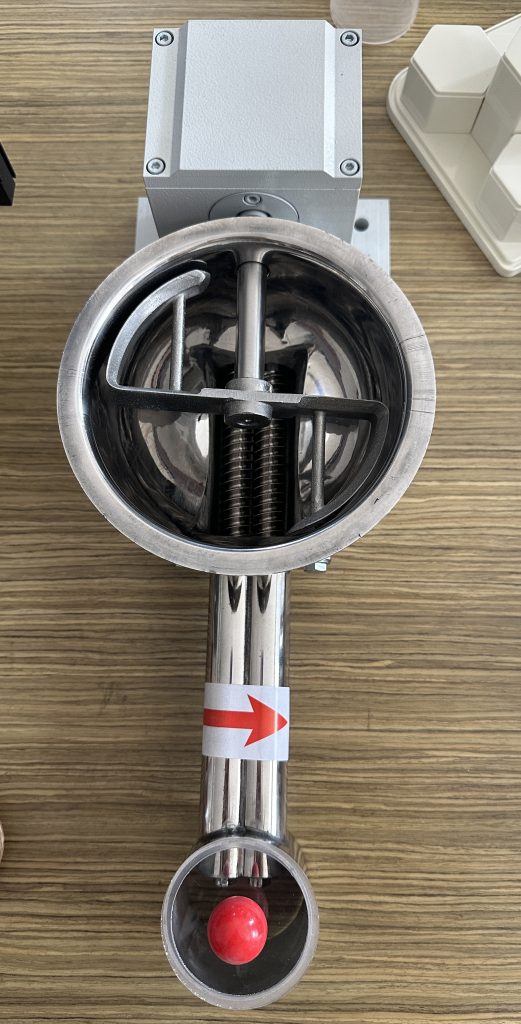
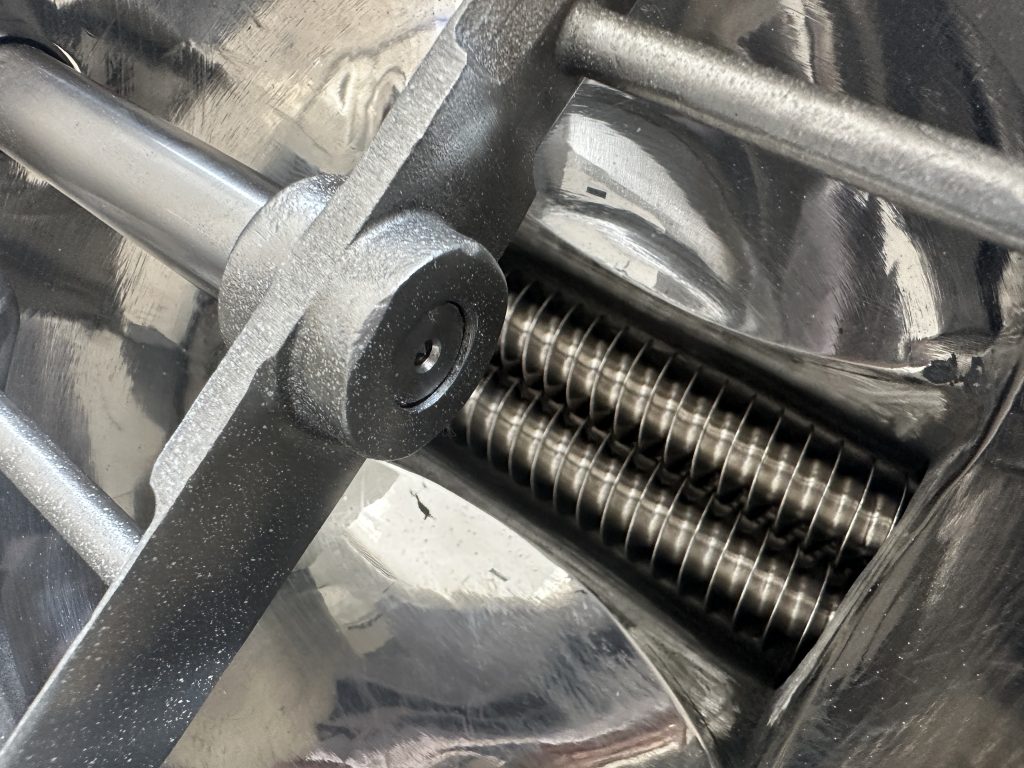
2. Continuous Agitation Prevents Bridging
“Bridging” occurs when materials compress and form an arch-like structure at the hopper outlet, blocking smooth discharge. With its dual screw design, the feeder continuously agitates and breaks apart the material, keeping it loose and free-flowing. This effectively prevents bridging and ensures a stable feeding rate.
3. Better Adaptability for Different Materials
In applications like masterbatch production or plastic extrusion, additives such as pigments, calcium carbonate powder, or low-flowability agents are commonly used. Thanks to its structural advantages, the double screw loss-in-weight scale is especially suitable for handling low-flow, high-viscosity, or easy-to-cake materials, making it more versatile than single-screw feeders and capable of meeting diverse production requirements.
4. Stable Feeding Accuracy for Consistent Quality
The combination of uniform feeding by dual screws and the high-precision weighing system of the loss-in-weight feeder ensures that materials are delivered to the extruder at the exact ratio set. This eliminates fluctuations caused by blockages, improving overall product consistency and ensuring higher qualification rates.
5. Lower Maintenance, Higher Efficiency
Because of its robust and rational design, the double screw loss-in-weight scale is less prone to blockage or unexpected downtime. As a result, companies can reduce maintenance costs and minimize production interruptions, leading to higher overall efficiency and smoother operations.
Conclusion
By leveraging dual-screw synchronized operation, continuous agitation, and improved material flowability, the double screw loss-in-weight feeder effectively eliminates problems of blockage and bridging. This not only enhances feeding stability and accuracy but also lowers downtime and maintenance risks. For plastic extrusion and masterbatch manufacturers aiming for higher productivity and consistent product quality, investing in a double screw loss-in-weight scale is a smart and reliable choice.

